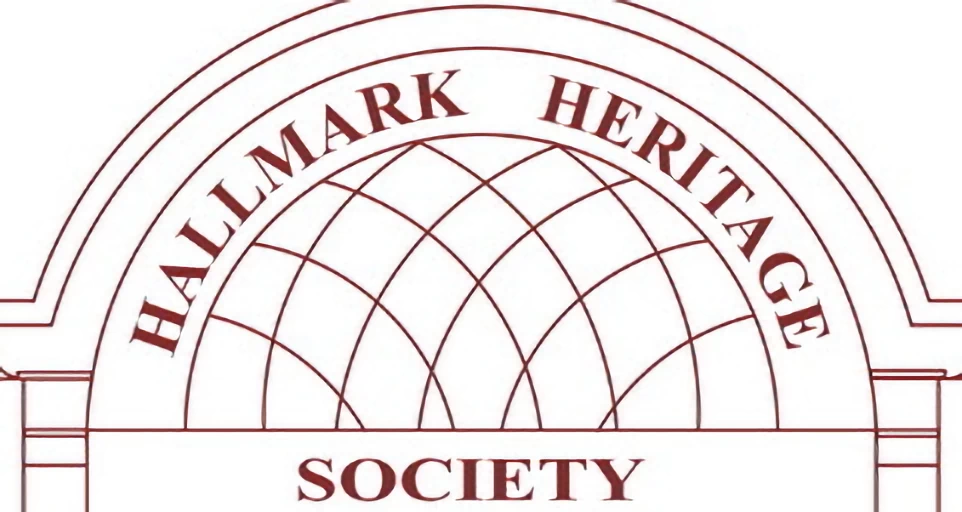1314 Wharf Street - The Caire and Grancini Warehouse
The information below is extracted from the Don Luxton & Associates Conservation Report prepared for the Developer and taken from the City of Victoria Development Tracker website.
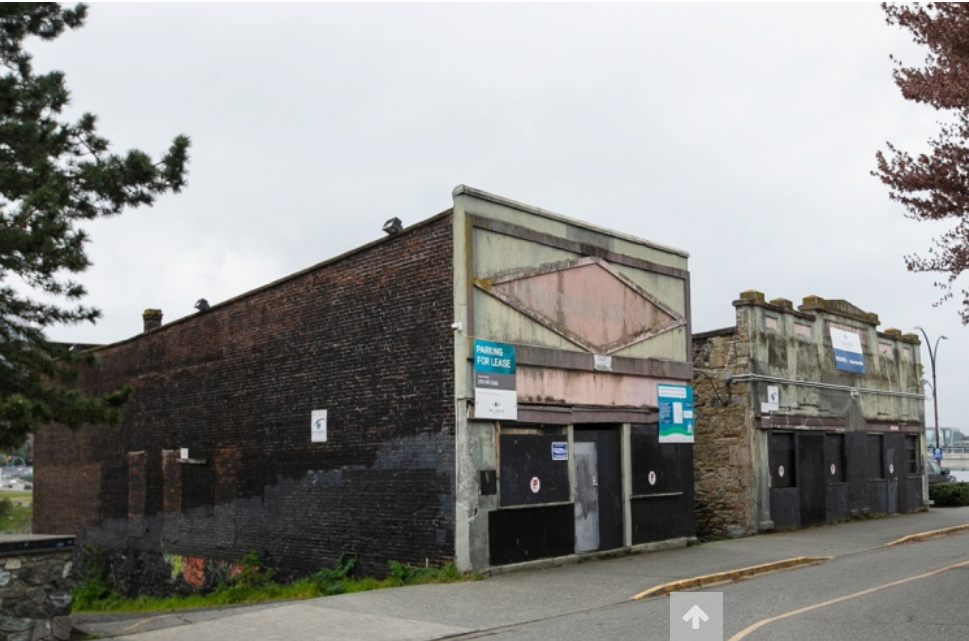
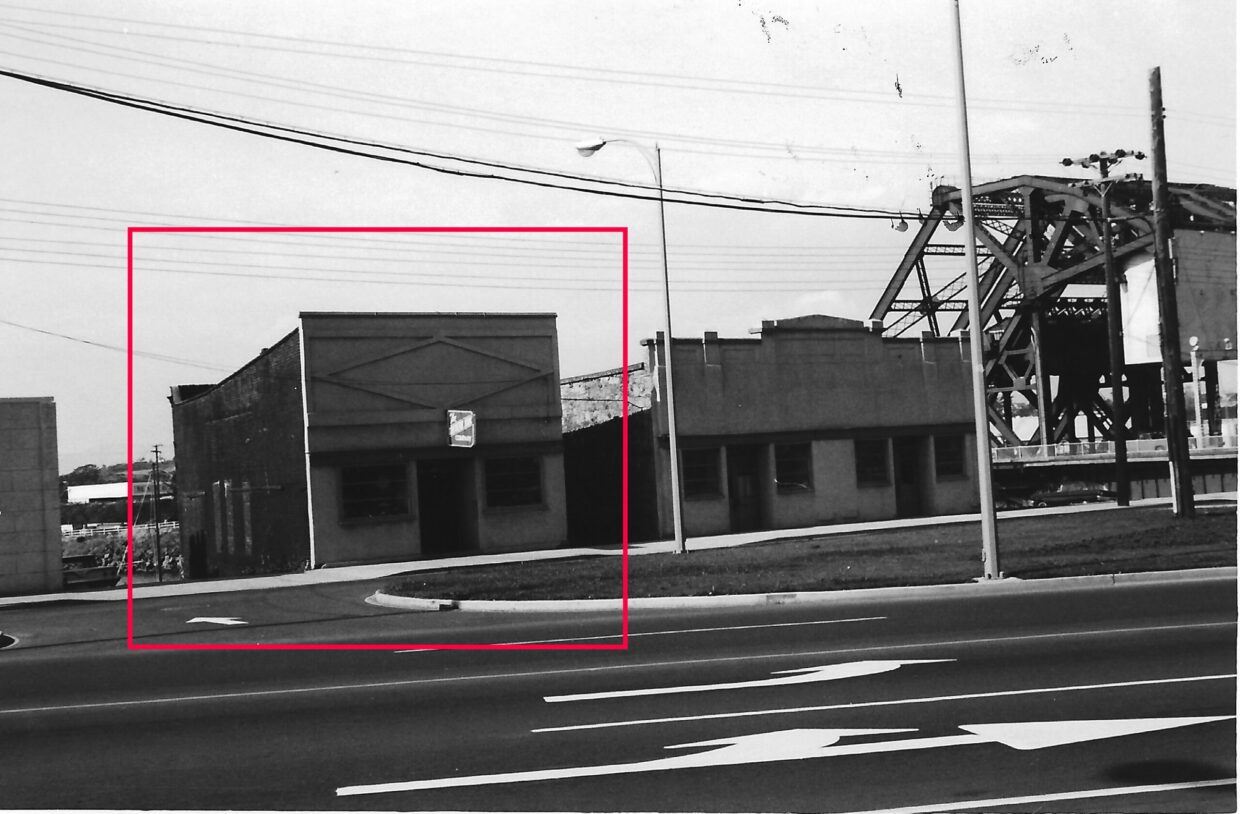
HISTORIC NAME: Caire & Grancini Warehouse/ Part of the Northern Junk Buildings
CIVIC ADDRESS: 1314 Wharf Street, Victoria, British Columbia, Canada
ORIGINAL OWNER: Don Fraser, Justinian Caire and Ermengildo Grancini
CONSTRUCTION DATE: 1860
ORIGINAL ARCHITECT: John Wright
ORIGINAL BUILDER: Unknown
HERITAGE STATUS: Municipal Heritage Designation 1975
The Caire & Grancini Warehouse, located at 1314 Wharf Street, is small solid masonry building built during a time of expansion and settlement in the Waterfront Area of Victoria. The building was jointly built by Don Fraser, Justinian Caire and Ermengildo Grancini in 1860. The building has been under continues commercial use until the mid 1950s, and is known as one of the earlier commercial buildings in the Victoria, and the Inner Habour area.
The building has been through numerous upgrades and repairs over its lifespan, and has not been occupied for several decades. Despite these alterations the building has maintained its characteristic masonry features such as the red
brick walls, rubble stone footings and walls on the lower tier of the south east and west elevations, and potentially a masonry front façade hidden under later applied stucco that will be conserved. Neglect of the building over the last two decades has resulted in water ingress and other weathering damage that will require remediation and repairs,
however the overall heritage asset is intact.
The building and site are registered and protected under Municipal Legislation. The building is situated on a roughly rectangle lot with Inner Harbour at the rear, Wharf Street at the front, a green space to the south and the historic Fraser Warehouse directly north. The Caire & Grancini Warehouse together with the Fraser Warehouse are now known
collectively as Northern Junk.
CAIRE & GRANCINI HISTORICAL CONTEXT
Built in 1860, the Caire & Grancini Warehouse at 1314 Wharf Street is among the oldest commercial warehouses in Victoria’s Inner Harbour and is linked with the development of Commercial Row, the locus for commercial and retail ventures in the City. The materialization of Commercial Row during the Victorian era was spurred by the advent of Victoria’s resource-based economy and the Fraser River gold rush during which time Victoria became the primary supply town for miners. The warehouse, which forms an integral component of the early streetscape, is situated on a sloping bank between Wharf Street and the Inner Harbour waterway.
The warehouse itself is an example of an early design by architect John Wright (1830-1915), who had a prolific career in Victoria. This warehouse is among Wright’s earliest commercial projects in Victoria and is a rare surviving example of his work. The lot where the warehouse sits was originally jointly owned by the Honorable Donald Fraser (1810-1897), Justinian Caire (1827-1897)
and Ermengildo Grancini (1827-1879).
A tender call placed in the Colonist newspaper in 1860 by architect Wright indicates that the warehouse was purpose-designed for Caire & Grancini, Merchants, Justinian Caire and Ermengildo Grancini used the premises for their successful hardware firm, Caire & Grancini. Caire first established his hardware business in San Francisco, specializing in the salesof mining equipment and imported household items such as porcelain and plates. He later formed a partnership with Ermengildo Grancini, who hailed originally from Milan, Italy, but had immigrated to San Francisco in 1850. Capitalizing on the Fraser Gold Rush and Victoria’s rapidly growing economy, Caire & Grancini opened a branch of their firm at 1314 Wharf Street in 1860. The Victoria branch specialized in the sales of iron, hardware, imported glassware and crockery. Justinian Caire was born in Briançon in the French Alps in 1827. As a young man he spent some time in Genoa, Italy, learning the mercantile trade until he saved enough money to come to California to start his own business. Caire arrived in San Francisco in March 1851. He did not come expecting to strike it rich in the gold fields; instead he saw the golden opportunity offered to an enterprising merchant in a city with booming population growth. With his brother, Adrien, he opened a store that specialized in hardware and miners’ supplies, as well as offering European luxuries and wine making equipment. Caire’s other business interests included the purchase of Santa Cruz Island, located off the coast of California, where he maintained a large ranch and a wine making business. Caire suffered a stroke in the spring of 1896 from which he never fully recovered and he died in March 1897.
Public spirited and energetic, [Grancini] was one of the organizers of the Fire Department in 1859, and continued an active member of the Hook and Ladder Company and treasurer of the Fire Department till his death. A pioneer of 1858, he was one of the founders of the Pioneer Society. His charitable disposition impelled him to join beneficial societies and he became a member of the Masonic and Oddfellows’ Orders. Mr. Grancini was a native of Milan, Italy. He came to California in 1850, and was a member of the important San Francisco firm of Caire & Grancini until 1858, when he established a branch of the house in this city, and eventually purchased his partner’s interest in the Victoria house. Victoria Daily Colonist, November 8, 1879, page 3.
Donald Luxton & Associates, Caire & Grancini Warehouse, 1314 Wharf St, Conservation Plan, August 2019, LINK
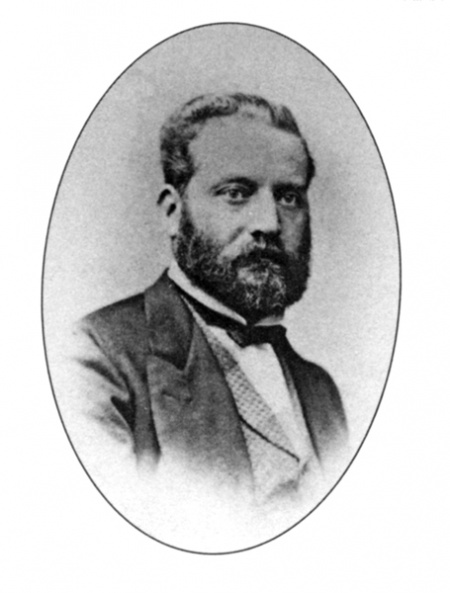
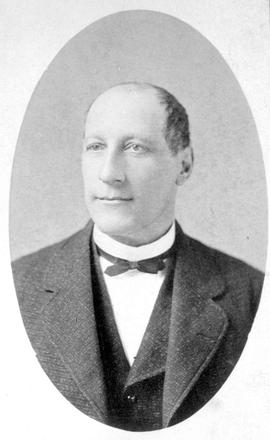
John Wright - The Architect
John Wright
John Wright, architect (b at Killearn, Scot 15 May 1830; d at Victoria 23 Aug 1915). Wright, who immigrated to Canada in 1845, married Agness Scott Armstrong in 1858. He gained early renown in Victoria as an architect and went on to found one of California’s largest late-19th-century architectural practices.
Wright began his career as a builder and contractor in Guelph, Ontario. From 1856 to 1859 he acted as Inspector of Works, working with the town of Guelph on the new City Hall designed by William Thomas. On his arrival in Victoria in 1859 Wright correctly gauged that as gold fever fuelled the expanding economy, the city’s shacks and shelters would require replacement with more permanent structures. The colonial government was an early client. Fisguard Lighthouse was Wright’s first documented commission in 1859. He worked on this project with colonial engineer Herman Otto Tiedemann (1821-91). The same year Wright designed the Wesleyan Methodist Church and a fire company’s engine house on Wharf Street. Well-placed civil servants and wealthy businessmen soon began commissioning Wright’s architectural skills for their private homes. He designed Cloverdale for Simon Fraser Tolmie in 1860, and the Italianate villastyle Woodlands in James Bay for former Hudson’s Bay Company official James Bisset. Work in this style reached its apogee in the nearby Richard Carr house, birthplace of Emily Carr, in 1863.
In 1861 Wright’s brother-in-law George Sanders arrived in Victoria and joined the firm. The partnership was immediately successful. The primary domestic commission that year was a large “Swiss villa, “Fairfield, completed for Colonial Surveyor General Joseph Trutch. In commercial work, such as the iron-front Wells Fargo Building (1861) and the masonry Dickson Campbell Building (1862), Wright adopted a Renaissance Revival style featuring arched wall openings detailed with low relief pilasters on the street fronts. The three-storey brick facade of the St. Nicholas Hotel on Government Street with its arched second-floor windows and ornate Italianate cornice established the commercial idiom for Old Town Victoria which remains a dominant feature to this time. In 1862 Wright designed the Civic Seal for the City of Victoria. It is still in use today.
Various strains of Wright’s eclectic stylistic palette were evident in major commissions over the next three years. The large frame frontier gothic First Presbyterian Church can be compared with the brick Temple Emanu-el, a substantial and sophisticated essay in the Romanesque revival. Both were built in 1863. In 1865 Wright and Sanders received the commission to make over Judge Hunter Carey’s castellated folly atop Rockland into the picturesque, vaguely Chateau-style Government House. One of the firm’s last commissions before leaving Victoria in 1866 was Angela Ladies College for the Anglican Diocese. Although only partially built, the published scheme was a sophisticated red-brick collegiate gothic essay.
In 1867 the office of Wright and Sanders moved to San Francisco, although contacts were maintained with Victoria. In 1879 they consulted on an Esquimalt dry dock scheme. The firm also supplied designs to lawyer Henry Crease for additions to his Fort Street house.
The San Francisco practice was successful and lucrative; approximately 100 commissions over the 30 years of business have been identified. This included 14 churches and numerous residences in the most ornate of the High Victorian eclectic styles. The Nob Hill mansion for railroad magnate and financier Mark Hopkins has been described by Harold Kirker as “the last and worst of railroad palaces.” Large-scale projects, often involving years of work for the firm, included the State School for the Deaf and Blind, Berkeley, from 1867, the State Insane Asylum, Napa, from 1874 (in its day the largest building of its kind in the United States), and the San Francisco Theological Seminary, from 1892. In 1869 Wright won the competition for the University of California campus at Berkeley but refused the commission in a fee dispute. In 1869 Wright founded the San Francisco chapter of the American Institute of Architects. Sadly, he was to see most of this work destroyed in the 1906 earthquake and fire. Today his largest architectural legacy is the structures from his early career which have been designated and preserved in Victoria.
Source : The Canadian Encyclopedia – Martin Segger
